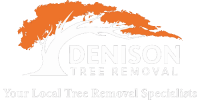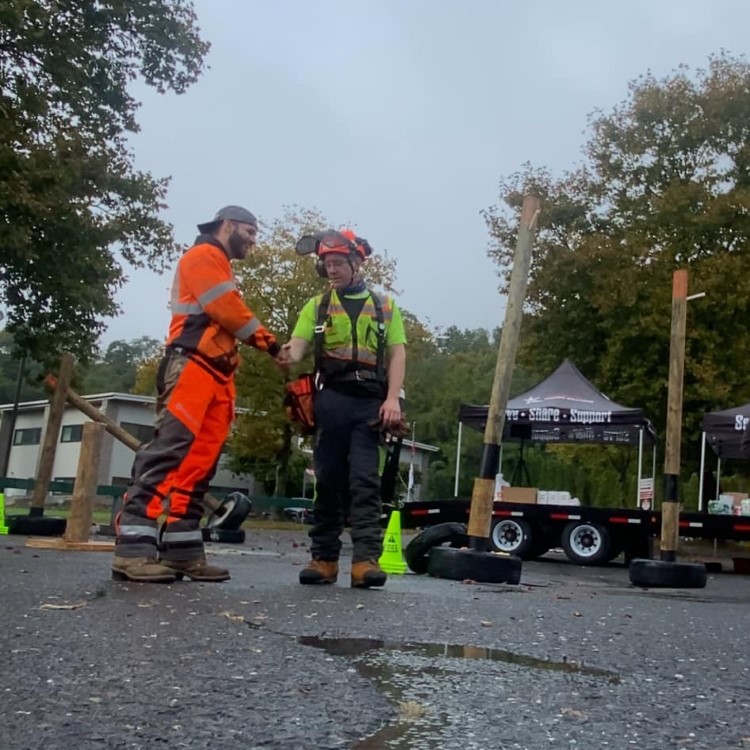Severe storms can wreak havoc on trees, leaving property owners in Preston, CT, Waterford, CT, Stonington, CT, North Stonington, CT, and East Lyme, CT, with difficult decisions about whether to trim, prune, or remove damaged trees. A tree that has suffered storm damage may pose a safety risk to structures, vehicles, and people, making it crucial to take prompt action. Understanding the proper tree care methods after a storm can help preserve your landscape and prevent further hazards.
Key Takeaway: Proper tree assessment after a storm is essential to determine whether trimming, pruning, or removal is the best course of action for safety and tree health.
Assessing Storm Damage and Tree Health
Recognizing Different Types of Damage
Broken branches and split trunks are common types of storm damage. Some trees may only require strategic pruning, while others need complete removal to prevent future problems. An arborist can evaluate the extent of structural damage to determine whether a tree is salvageable.
Leaning trees after a storm may indicate root damage, especially if the soil is disturbed. If a tree is significantly tilted, it may require immediate removal to prevent it from falling unexpectedly. Stabilization techniques such as cabling and bracing may help in some cases.
Decayed or weakened wood can make a storm-damaged tree more hazardous. A professional tree service can assess whether decay has compromised the tree’s structural integrity, requiring removal to ensure safety.
When to Trim or Prune Storm-Damaged Trees
Tree Trimming for Safety and Aesthetics
Tree trimming services in Preston, CT, Waterford, CT, and Stonington, CT, can help eliminate damaged or weak branches that pose a risk to people and structures. Removing broken limbs enhances the overall appearance of the tree and promotes healthier regrowth. Professional tree trimming ensures that cuts are made correctly, reducing stress on the tree.
Proper pruning techniques involve the removal of select branches to improve tree structure. An experienced arborist in North Stonington, CT, can strategically prune branches to prevent future storm damage and enhance growth.
Thinning dense canopies allows wind to pass through, reducing the likelihood of future storm damage. Trees with heavy foliage are more prone to breakage in high winds, so thinning out excess branches can help maintain a healthy and resilient tree structure.
When Tree Removal is Necessary
Signs a Tree Must Be Removed
Extensive root damage can make a tree unstable, increasing the risk of falling. If a storm has caused significant root upheaval, it may be time to contact a professional tree removal service in East Lyme, CT.
Dead or dying trees can become a liability, especially after suffering storm damage. If a tree has lost a significant portion of its bark, exhibits extensive dieback, or has a hollow trunk, removal may be the safest option.
Trees near power lines or structures pose a serious hazard when damaged by storms. If a tree leans dangerously close to a building or has branches tangled in electrical lines, immediate professional removal is recommended.
Stump Removal and Restoration
Why Stump Grinding is Important
After a tree is removed, stump removal is necessary to prevent tripping hazards and pest infestations. Stump removal services in Preston, CT, ensure the area is cleared for future landscaping.
Leftover stumps can attract insects such as woodboring beetles, termites, and fungi. Prompt removal helps prevent these pests from spreading to healthy trees and nearby structures.
Grinding down the stump promotes healthier soil conditions. By removing the stump and roots, nutrients are returned to the soil, fostering the growth of new plants and trees.
Answering Common Questions
What should I do immediately after a storm damages my trees?
Assess the situation safely. Look for broken branches, leaning trees, or signs of root damage. Contact a professional tree service for a thorough evaluation.
Can I prune storm-damaged trees myself?
Minor pruning can be done, but improper cuts can harm the tree. It’s best to hire an expert to ensure proper pruning techniques and avoid long-term damage.
How do I know if a tree is beyond saving?
If a tree has lost over 50% of its canopy, has severe trunk damage, or poses a safety risk, removal is the best option. An arborist can provide a professional assessment.
The Role of Soil Health in Tree Recovery
After storm damage, soil aeration and fertilization can help trees recover. Healthy soil supports strong root systems and promotes new growth, making proper soil care essential for damaged trees.
Understanding the Importance of Tree Health Inspections
Regular tree inspections by certified arborists help detect early signs of disease, decay, and structural weaknesses. Scheduling routine assessments ensures your trees remain resilient against future storms.
Contact Denison Tree Removal for Professional Assistance
If you’re dealing with storm-damaged trees in Preston, CT, Waterford, CT, Stonington, CT, or East Lyme, CT, reach out to Denison Tree Removal. Our expert team provides professional tree trimming, pruning, and removal services to keep your property safe and beautiful.

